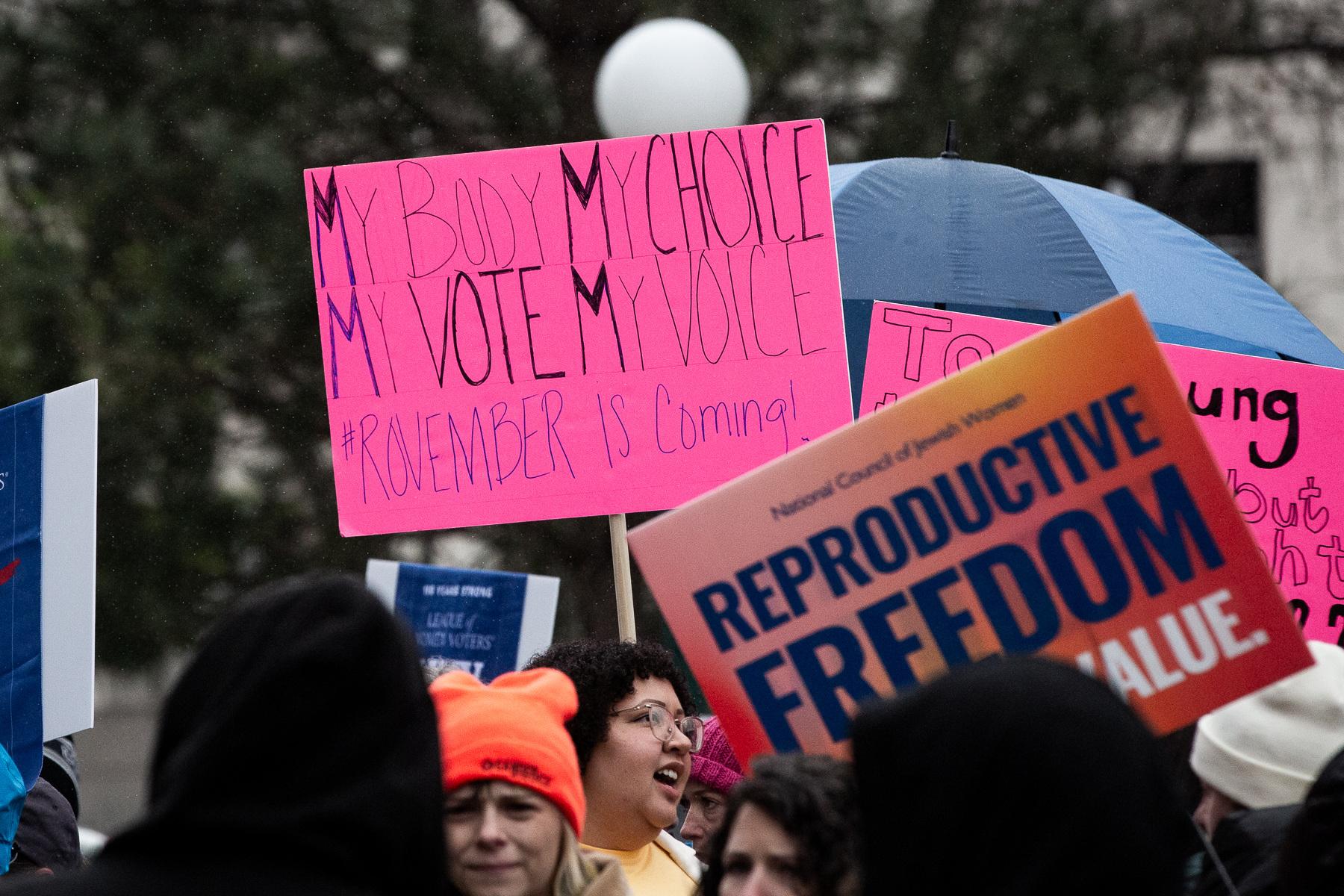When it comes to the once-a-decade process of redrawing Colorado’s state legislative districts, there isn’t one final judge; there are seven. The state’s Supreme Court has to sign off on a reapportionment plan. Wednesday the court heard arguments on whether maps approved by the reapportionment commission pass constitutional muster. CPR’s Megan Verlee has more.
Find the proposed reapportionment maps and other documents at the commission's website
The following is a transcription of Verlee's report:
Reporter Megan Verlee: You could say the fight over Colorado’s new state legislative maps comes down to wants versus needs. The commission tasked with drawing the maps wanted to create districts that are politically competitive, and give Latino voters more of a voice in state politics. But opponents say all the commission needed to do, under the state constitution, was keep counties and cities as whole as possible.
Opponent Jason Dunn: "Under any standard, however, the map that was submitted to the court is per se unconstitutional."
Reporter: Attorney Jason Dunn spoke for Colorado Citizens for Fair Representation, which is fighting the proposed maps.
Dunn: "The 2011 commission followed a flawed process and put legitimate but lower-ranking constitutional criteria, and illegitimate, non-constitutional criteria, ahead of the single most important state constitutional criteria: namely that counties should be kept whole."
Reporter The Supreme Court got to hear from representatives of lots of local governments unhappy with how they’ve been divided. Weld County, El Paso, Douglas, Las Animas, Jefferson and others argued their political voices will be unfairly diluted. Attorney Kendra Carberry came to plead with the justices to put the town of Superior back with the rest of Boulder County.
Kendra Carberry: "We go there to get our license plates, we register to vote there, we have intergovernmental agreements with Boulder County. So we have no connection with Jefferson County, Gilpin County, Clear Creek County."
Reporter: Many of the opponents blamed the splits on commissioners’ desire to create competitive districts. Under the proposed maps a third of the House and Senate districts would be closely split between the two parties. But Deputy Arapahoe County Attorney Jack Bush argued that competitiveness is in the eye of the beholder.
Jack Bush: "Competitiveness is not necessarily defined in law, and I know it’s not defined in the constitution. What’s competitive to me may not be the same definition as any of the justices on the bench."
Reporter: Some Republicans think the commission’s definition of competition will actually give Democrats an edge. In court argument, the commission’s lawyer, David Fine, conceded there’s no mandate for competitiveness...
David Fine: "...but the commission believed that a more competitive House and Senate would be better for Colorado, and if they could achieve that, they ought do so, so long as they met the other constitutional requirements."
Reporter: Fine says many of the county splits were actually made to ensure that Colorado Latinos have a fair voice in state politics. Fine pointed to the city of Aurora, which has a fast-growing Hispanic population, but where few Latinos have ever even run for office. Fine says commissioners were worried Colorado would be vulnerable to a Voting Rights Act complaint if they didn’t strengthen the Latino voice. Justice Monica Marquez questioned why the commission was so concerned about a hypothetical lawsuit.
Monica Marquez: "...is that enough to require compliance with the Voting Rights Act that that priority is elevated above county boundaries. I guess that’s where I’m struggling frankly.
Fine: “Well, obviously the commission believes yes..."
Reporter: How the justices themselves answer that question is likely to be known soon. They have the option of either certifying the commission’s maps or sending the panel back to the drawing board. It all has to happen quickly though; the state is supposed to have its final reapportionment maps on the books by the middle of December.









